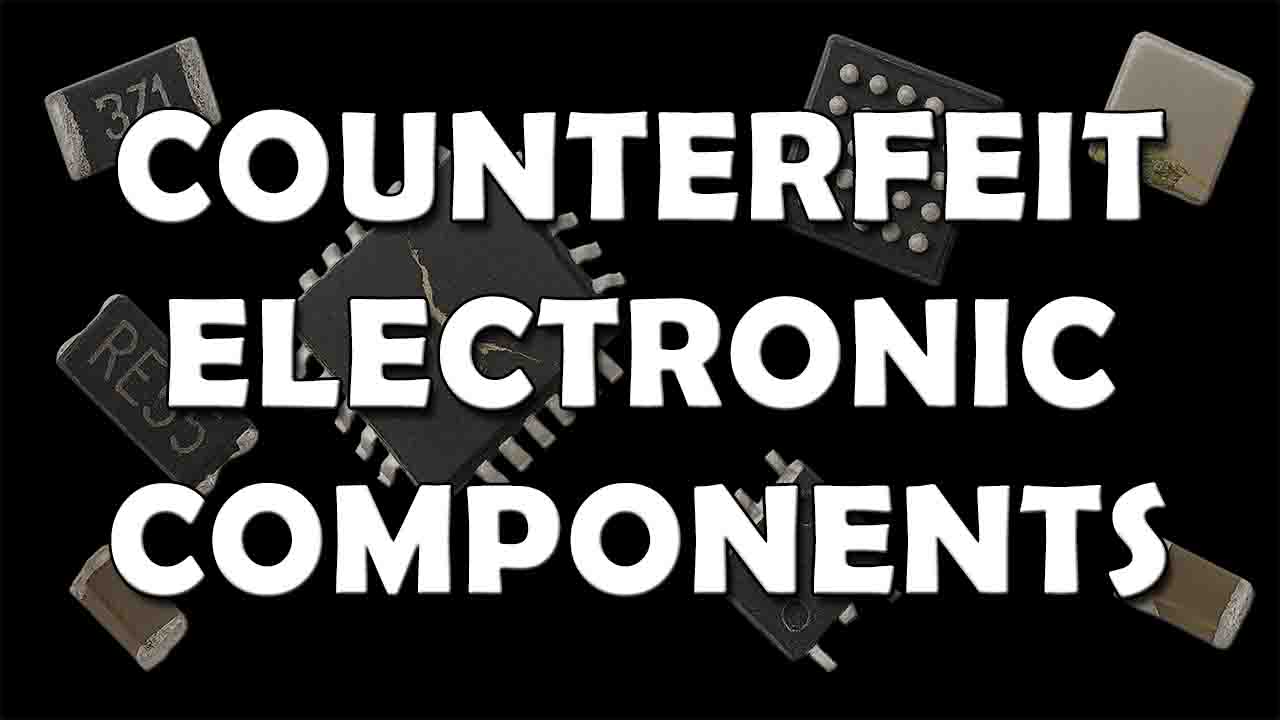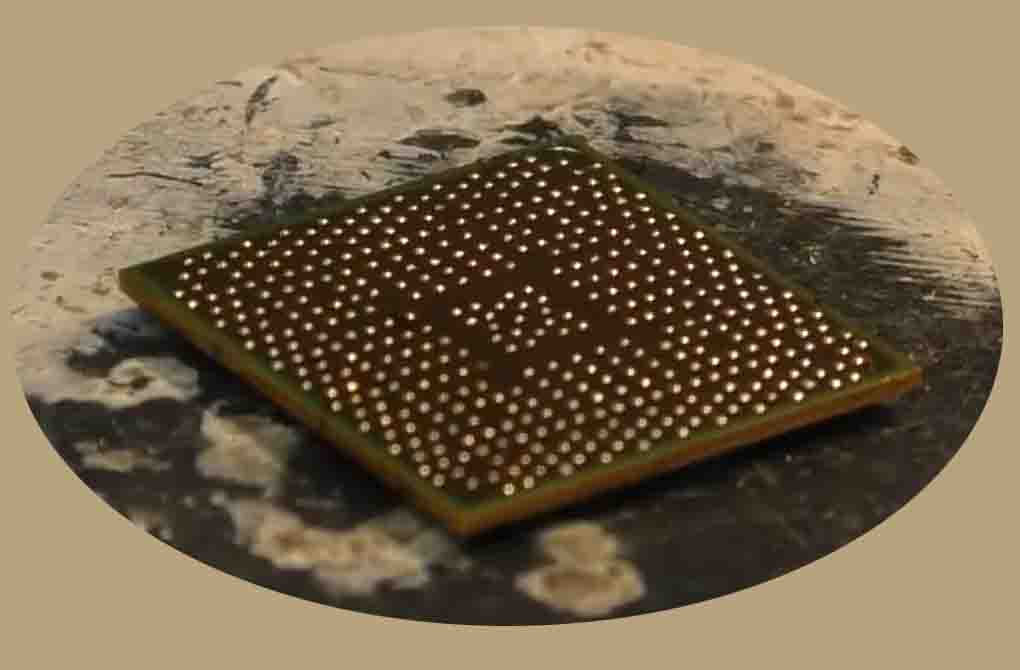Counterfeit Electronic Components. Risks for Electronic PCB
Author Dmitrii KhramtsovPosted 17 June 2025
Updated 17 June 2025

How often do you have to replace non-working components on already assembled Electronic PCBs?
It's not just a waste of time and money - it's a loss of trust from your customers!
Today we will take a closer look at how the counterfeit components market works in the US. How entire companies and their projects suffer because of non-original microcircuits and components.
You can get a electronic components with perfect markings, production date and packaging, but inside it is an empty case without a crystal.
Yes, that happens. The counterfeit microchip market continues to grow every year. Counterfeit parts can be found anywhere — especially on online marketplaces where sellers are not directly responsible to the buyer.
Where are counterfeit components most commonly found?
The highest risks come from unknown resellers. Of particular danger are secondary markets, marketplaces with Chinese consumer goods, and social media platforms where components of unknown origin are sold.
If you're being offered microchips at half the market price, it could mean:
- Refurbished components salvaged after desoldering.
- Cheap clones with surface markings that mimic the original.
- Completely non-functional samples in new packaging.
Electronic Components marketplaces.

Make sure to check:
- Who is actually selling the components — is it the distributor themselves or a third-party seller?
- Is there verified information about the origin: distributor, manufacturer, production date, serial number?
- Does the price seem suspicious? If it’s too cheap — it’s almost always a counterfeit.
The most reliable way is to buy directly from a distributor who has official contracts with manufacturers and legal responsibility for the product quality.
How to avoid losses?
Sometimes there is no choice. The batch is needed urgently, and there are no reliable suppliers.
What you need to do to avoid sinking the entire project:
- Do not buy on Chinese trading platforms. There is always a very high risk of buying illiquid components or clones.
- Try to buy only from authorized distributors, such as DigiKey, Mouser, Arrow, Newark, Future Electronics. It is very difficult to sell counterfeit components on these platforms. Component manufacturers directly supply components and provide at least some legal protection for the buyer.
- Check the part marking and datasheet.
- The marking must match the package type, temperature range, and component series exactly. Compare it to the official documentation — this is one of the few ways to tell an original from a clone.
What to do if you’re working with unreliable suppliers?
- First, assemble a few PCBs. Never assemble all the PCBs at once. If you solder a large batch of PCBs at once, and then it turns out that some components are counterfeit and do not work, then you will have to spend money on new purchase of components from another place, spend time and money on labor to replace the counterfeit components.
- Perform a visual inspection with microscope and carefully check the components — marking, lead quality, coating, tinning, and the quality of BGA balls.
- Perform functional testing of microchips and other components.
- Keep records of where each component came from and who the supplier was. This will help if you ever have to report to a customer or go to court.
- The easiest way to avoid problems with a customer is to use components provided by the customer.
- You won't have to prove anything if some components turn out to be counterfeit - you didn't buy them. But you can earn extra money by replacing counterfeit components. I do such work. I help manufacturers with repairing non-working PCBs.
Counterfeiting isn’t just a Chinese problem. It’s a global problem. Even in the United States, you can accidentally buy counterfeit electronic components.
Thank you for reading!
Watch video about Counterfeit Electronic Components!



